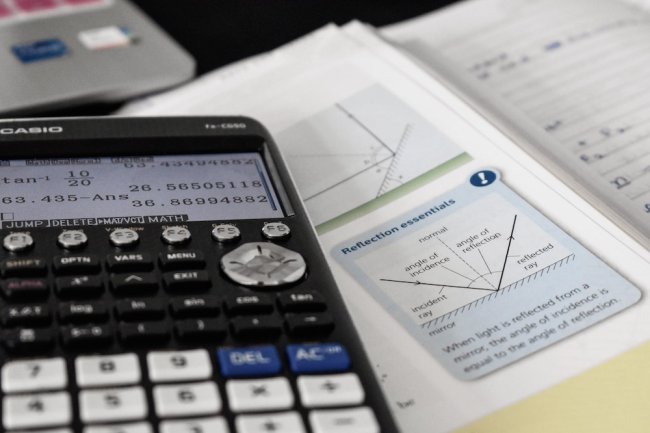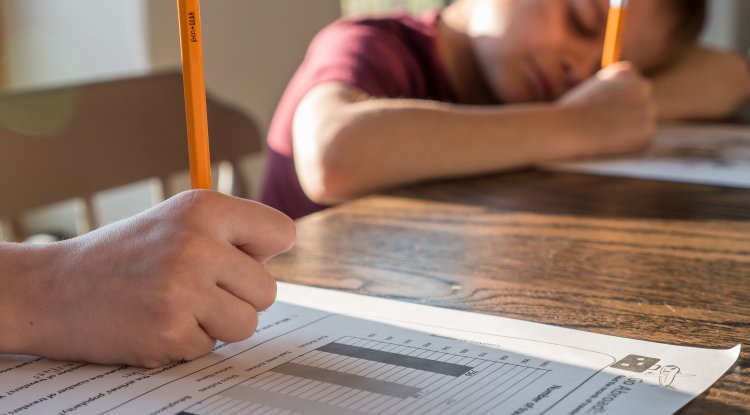Tips for Educators
6 Tips To Improve Problem-Solving In Math
- Jun 15, 2022
- 0
- 2136

Math has a poor reputation among students. 37% of students – aged between 13-17 years – found math difficult to learn due to a poor foundation in the subject, the presumption that it will be tough and finding it unrelatable and boring.
Problem-solving is part and parcel of math, given the format of questions asked during evaluation. It is also the area students find the most challenging. Here are seven tips to improve your students’ problem-solving skills –
1. Practice More
Make sure your students have enough time for practice. Ask them to look for websites and books that offer problems for self-study. They can solve a few of these problems everyday. Practice helps feed formulas, shortcuts and topics into the subconscious brain, which can help students recollect information during test papers or exams.
2. Master Basic Concepts
Math is a sequential subject, i.e. the concepts build on each other. You learn basic concepts such as multiplication and addition in lower grades, which you later apply in more complex subject areas like algebra. Poor understanding of these building blocks creates learning obstacles. If you notice a student showing weak bases, ask them to revise earlier concepts.

3. Figure Time Allotment
Students must learn how to get to a solution in the most efficient way. In the beginning it’s normal to slowly work through each step. With practice, the time spent should decrease. When students are able to find the quickest route, it means they have understood the problem well. From there, students can time their problem-solving per subject area. Those that still take time can be worked on and improved. This is helpful during examinations.
4. Use Real-World Examples
One of the reasons students find math difficult is because they can’t relate to it. While teaching, use real-world examples to avoid regular questions like, “where will I possibly need trigonometry in my life?.” If you tell students how they can apply their learning in the real world, it will make them appreciate math better.
5. Keep A Stress-Free Environment
Be mindful of the environment you create. For example, instrumental music playlists can encourage deep work. You can also keep study time slots of up to 25 minutes, which is a method called the Pomodoro Technique. Create a judgment-free environment, so students don’t feel hesitant about asking questions.
6. Create A Quick Browse List
Help students create a list of relevant formulas and shortcuts. This will give them a snapshot of key concepts during revision. They can also use flashcards to quiz themselves and revise relevant topics from time-to-time.
Tackling problem-solving in math with these six tips in mind can have long-lasting positive effects. Regularly implement them in your math class, so it becomes second-nature to your students.
Add Comment
Related Blogs

Tips for Educators
Summer For Teachers: Five Best Ways To Relax And Recharge During Vacat...
- Yamini Nag...
- Jul 12, 2022
- 0
- 1798
Popular Blogs

Tips for Educators
3 Tips To Apply Classical Conditioning In Classrooms
- Natasha Di...
- Apr 25, 2022
- 0
- 21657

Understanding Concepts
4 Reasons Why Skill-Based Learning Is Important For Students
- James Coop...
- Mar 14, 2022
- 0
- 11085

For Parents
Everything You Need To Know About STEAM Education As A Parent
- James Coop...
- Mar 1, 2022
- 0
- 10922












